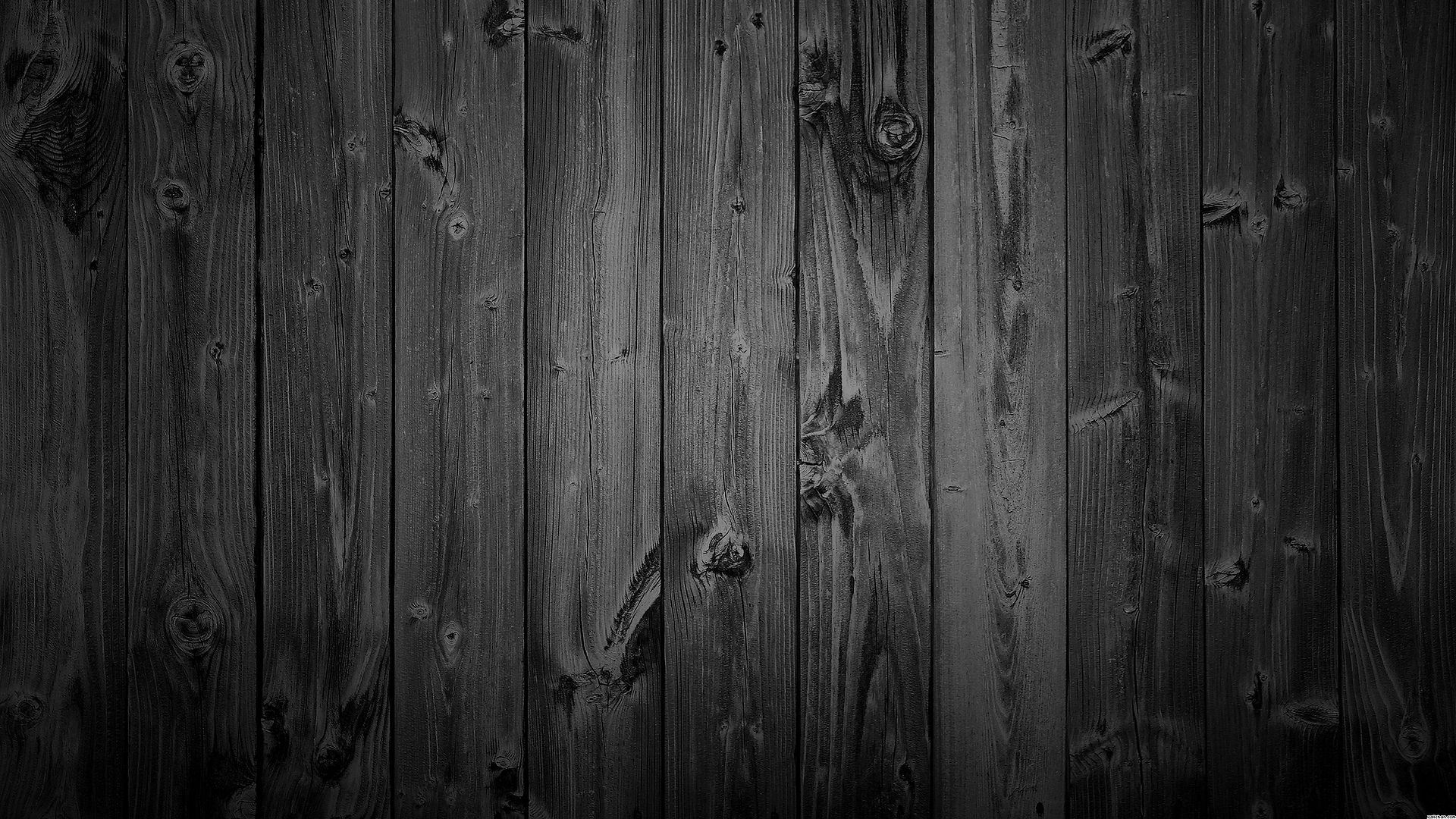
Nuisance Wildlife Removal
Call 417-291-6463
Serving Southwest Missouri
& Southeast Kansas


Predator Control Pricing
Initial Inspection .................. $85.00*
Trap Set-up .................. $35.00/day*
Animal Removal ...... $25.00/animal**
*Additional Mileage fee may apply
**For live removal & relocation
Predator Control
The topic of predator control has become an important consideration for farmers, ranchers and property managers. The impact of an unmanaged predator population varies from location to location, in some cases the natural order takes care of the problem, however sometimes predators become a serious problem. Ongoing loss of livestock to predators is something that farmers and ranchers can not afford. Similarily the ongoing pressure predators can put on other wildlife such as deer, turkey, quail and other small game can be a concern for property managers and sportsman. Our technicians can help you determine a long term approach to managing the predator population of your property.
The Wildlife Code of Missouri’s provisions protect all the state’s wildlife. However, the Code provides for the taking of wildlife during prescribed hunting and trapping seasons, and also when wildlife is causing damage to property [3 CSR 10-4.130 Owner May Protect Property; Public Safety]. Read the rule in the Wildlife Code of Missouri booklet, which is available wherever permits are sold and on the Missouri Secretary of State website.
If wildlife is damaging your property, you or your representative — such as someone you hire — may shoot or trap most damage-causing wildlife out of season to prevent further damage. In most cases capture and removal of the animal is just one of many resolution options. Note: Wildlife that may not be shot or trapped under this provision are migratory birds, white-tailed deer, mule deer, elk, turkeys, black bears, mountain lions, and any endangered species. Conflicts with these species can be resolved through deterrence, habitat modification and exclusion methods. Our technicians can help you determine the best course of action when dealing with protected wildlife.
If removal is determined to be the best method to resolve a human-wildlife conflict, there are a number of options. However, most people lack the special skill and experience needed to properly remove a problem animal. There are also many state and local regulations related to the proper removal of wildlife. Many people oppose trapping, especially in urban situations. The most common objections to trapping include the perception that traps are cruel and inhumane, and concern over catching non-target animals, especially pets. When used properly, traps are effective, selective, and safe, especially when used by an experienced trapper. For best and quickest results, have an experienced professional perform trapping. Shooting is also a legal removal method in Missouri and in some situations it ranks high among the choices for removing a problem animal. Safety, however, is a critical factor that in some circumstances may preclude the use of firearms (for example, local laws may prohibit shooting, or neighbors may be too close). Shooting is best left to professionals. In many urban areas, firearms may not be discharged, in most situations local authorities have regulations and restrictions regarding the use of firearms.
Once captured the damage-causing animal must be disposed of properly. Although relocation may seem like a good idea,the Missouri Department of Conservation does not recommend it. Moving an animal can spread disease. Also, a strange animal coming into an established local population of the same species (a strange, disoriented squirrel coming into an established community of squirrels, for example) can upset the local group’s social order and possibly its health. Further, a relocated animal does not know where to find food or other resources and may likely starve to death. Finally, moving the animal might simply create a problem for someone else at the new location. You should also know that most federal, state, and local agencies prohibit the release of wildlife on lands they own or manage (including Department properties). For these reasons, the Missouri Department of Conservation recommends euthanizing the animal.